Rare Rides: The 1985 Gurgel XEF, a Tiny and Obscure City Sedan

Today’s Rare Ride hails from an auto manufacturer you may have never heard of before: Gurgel. Made in Brazil, the conservative little XEF was an interesting side note in automotive history.
Gurgel Motores was founded in Brazil in 1969. Named after founder João do Amaral Gurgel, the brand focused on small off-road cars and buggies, initially all made of fiberglass. Not a large enough business to create its own platforms at the start, Gurgel attached its fiberglass body designs to Volkswagen Beetle chassis and engines.
In the early Seventies, Gurgel developed a new method of blending together fiberglass and steel to make Plasteel. The technology was designed and patented at Gurgel, and went into production on the Xavante off-roader in 1973. In addition to its Plasteel construction, the Xavante was fitted with individual hand brakes for each rear wheel installed next to the driver, a feature called Selectraction. The brakes stopped the wheel that lacked traction and moved power to the other rear wheel at the driver’s request. A manual limited-slip differential, if you will.
In addition to its off-road cars and buggies, Gurgel worked on urban electric cars in the early Seventies (the Itaipu). It also released a larger seven-passenger van called the X-15 in 1979. Entering into the city car space, development on the XEF began in 1981. The XEF was to be a new subcompact city car solution from Gurgel. It’s unclear when the car actually launched.
Shaped like a tiny Mercedes of the period, the XEF maintained a two-door sedan shape. It might be called a coupe except for the fact it had three-abreast seating at the front. Not in need of much power, the XEF used the air-cooled 1.6-liter engine from a Beetle. By that time Volkswagen had developed the engine to its final iteration, and it produced 60 horsepower.
The formal city car idea was not a successful one for Gurgel, and the company produced between 100 and 140 examples before it moved onto its most successful offering, the BR-800 city car. BR-800 held the distinction of being the first fully Brazilian-designed and manufactured car, as it did not use Volkswagen parts. We’ll save more BR-800 detail for another day, as it’s worth its own Rare Rides entry.
Today’s gold XEF is number 92 in the run, and its Plasteel construction has held up well. It’s yours for $21,500, and you’re sure never to see another one.
[Images: Gurgel]

Interested in lots of cars and their various historical contexts. Started writing articles for TTAC in late 2016, when my first posts were QOTDs. From there I started a few new series like Rare Rides, Buy/Drive/Burn, Abandoned History, and most recently Rare Rides Icons. Operating from a home base in Cincinnati, Ohio, a relative auto journalist dead zone. Many of my articles are prompted by something I'll see on social media that sparks my interest and causes me to research. Finding articles and information from the early days of the internet and beyond that covers the little details lost to time: trim packages, color and wheel choices, interior fabrics. Beyond those, I'm fascinated by automotive industry experiments, both failures and successes. Lately I've taken an interest in AI, and generating "what if" type images for car models long dead. Reincarnating a modern Toyota Paseo, Lincoln Mark IX, or Isuzu Trooper through a text prompt is fun. Fun to post them on Twitter too, and watch people overreact. To that end, the social media I use most is Twitter, @CoreyLewis86. I also contribute pieces for Forbes Wheels and Forbes Home.
More by Corey Lewis
Latest Car Reviews
Read moreLatest Product Reviews
Read moreRecent Comments
- Theflyersfan I used to love the 7-series. One of those aspirational luxury cars. And then I parked right next to one of the new ones just over the weekend. And that love went away. Honestly, if this is what the Chinese market thinks is luxury, let them have it. Because, and I'll be reserved here, this is one butt-ugly, mutha f'n, unholy trainwreck of a design. There has to be an excellent car under all of the grotesque and overdone bodywork. What were they thinking? Luxury is a feeling. It's the soft leather seats. It's the solid door thunk. It's groundbreaking engineering (that hopefully holds up.) It's a presence that oozes "I have arrived," not screaming "LOOK AT ME EVERYONE!!!" The latter is the yahoo who just won $1,000,000 off of a scratch-off and blows it on extra chrome and a dozen light bars on a new F150. It isn't six feet of screens, a dozen suspension settings that don't feel right, and no steering feel. It also isn't a design that is going to be so dated looking in five years that no one is going to want to touch it. Didn't BMW learn anything from the Bangle-butt backlash of 2002?
- Theflyersfan Honda, Toyota, Nissan, Hyundai, and Kia still don't seem to have a problem moving sedans off of the lot. I also see more than a few new 3-series, C-classes and A4s as well showing the Germans can sell the expensive ones. Sales might be down compared to 10-15 years ago, but hundreds of thousands of sales in the US alone isn't anything to sneeze at. What we've had is the thinning of the herd. The crap sedans have exited stage left. And GM has let the Malibu sit and rot on the vine for so long that this was bound to happen. And it bears repeating - auto trends go in cycles. Many times the cars purchased by the next generation aren't the ones their parents and grandparents bought. Who's to say that in 10 years, CUVs are going to be seen at that generation's minivans and no one wants to touch them? The Japanese and Koreans will welcome those buyers back to their full lineups while GM, Ford, and whatever remains of what was Chrysler/Dodge will be back in front of Congress pleading poverty.
- Corey Lewis It's not competitive against others in the class, as my review discussed. https://www.thetruthaboutcars.com/cars/chevrolet/rental-review-the-2023-chevrolet-malibu-last-domestic-midsize-standing-44502760
- Turbo Is Black Magic My wife had one of these back in 06, did a ton of work to it… supercharger, full exhaust, full suspension.. it was a blast to drive even though it was still hilariously slow. Great for drive in nights, open the hatch fold the seats flat and just relax.Also this thing is a great example of how far we have come in crash safety even since just 2005… go look at these old crash tests now and I cringe at what a modern electric tank would do to this thing.
- MaintenanceCosts Whenever the topic of the xB comes up…Me: "The style is fun. The combination of the box shape and the aggressive detailing is very JDM."Wife: "Those are ghetto."Me: "They're smaller than a Corolla outside and have the space of a RAV4 inside."Wife: "Those are ghetto."Me: "They're kind of fun to drive with a stick."Wife: "Those are ghetto."It's one of a few cars (including its fellow box, the Ford Flex) on which we will just never see eye to eye.



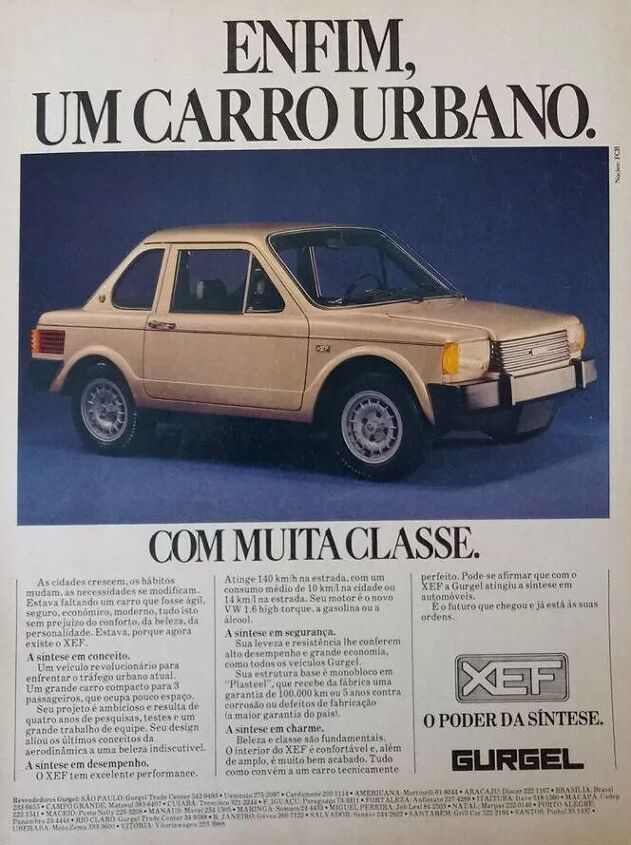
















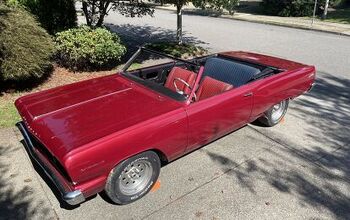

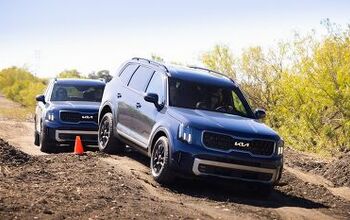

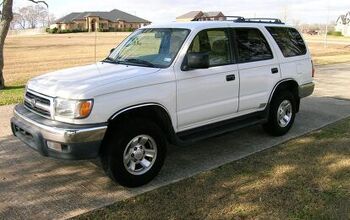
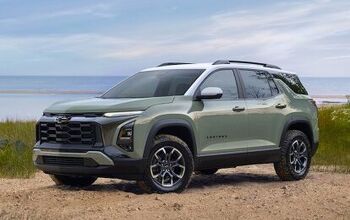
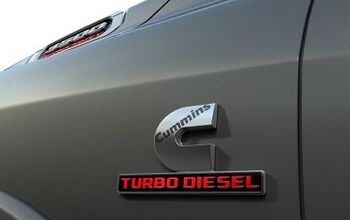
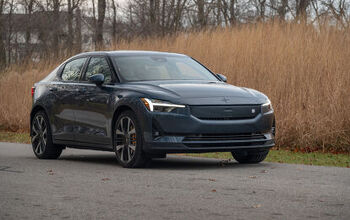

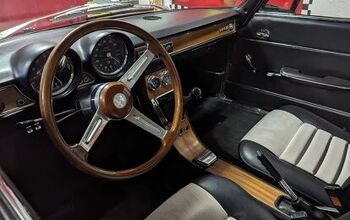

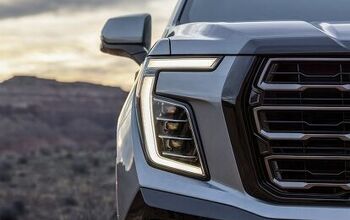
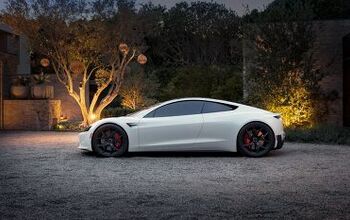
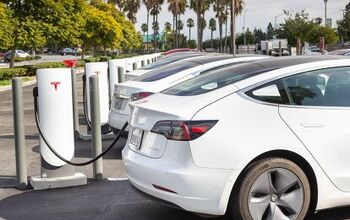
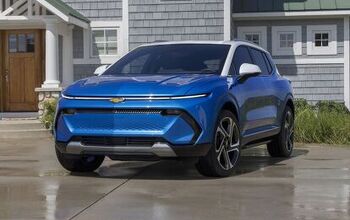
Comments
Join the conversation
I was born and raised in Brazil, so I really appreciate articles covering our forgotten and obscure, and this takes the cake. The Gurgel XEF went on sale in December 1983. Unlike the BR-800, this was meant to be an urban luxury type vehicle, priced around 15,000 USD at the time.
I feel a little bad for Mr. Gurgel. Of course, we must always be careful when piling sympathy onto historical figures, but having read a little about his story it sounds like he was a man of his ways, no matter the cost, and I can admire that. He kept building his little VW-powered cars of fiberglass and steel even if they were impractical, sold poorly, and were visually, uh, esoteric. One factoid sticks with me, though: I read that his company basically went south once the Brazilian government opened up trade borders in the '90s and the Niva undercut its Gurgel counterpart considerably despite there still being a trade tax. The implications there, to me, are both that the Niva was incredibly cheap, but also that Gurgels were incredibly expensive for what they were (without even offering 4x4!)